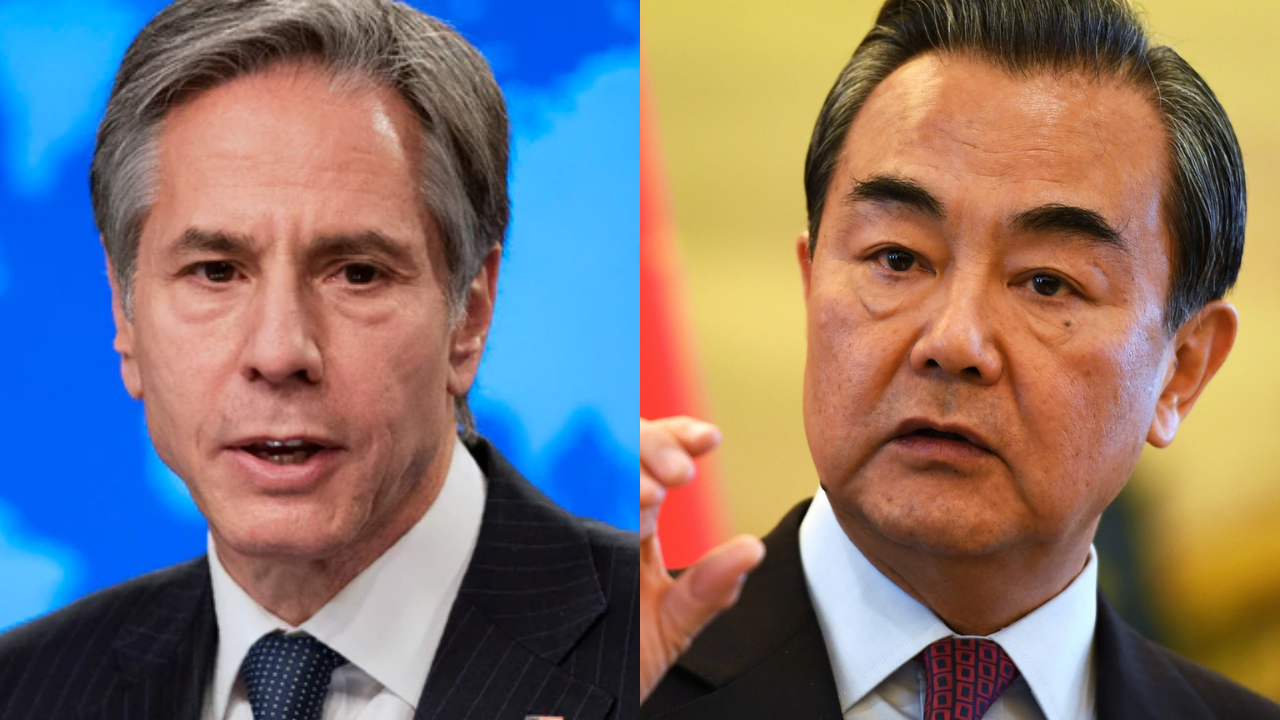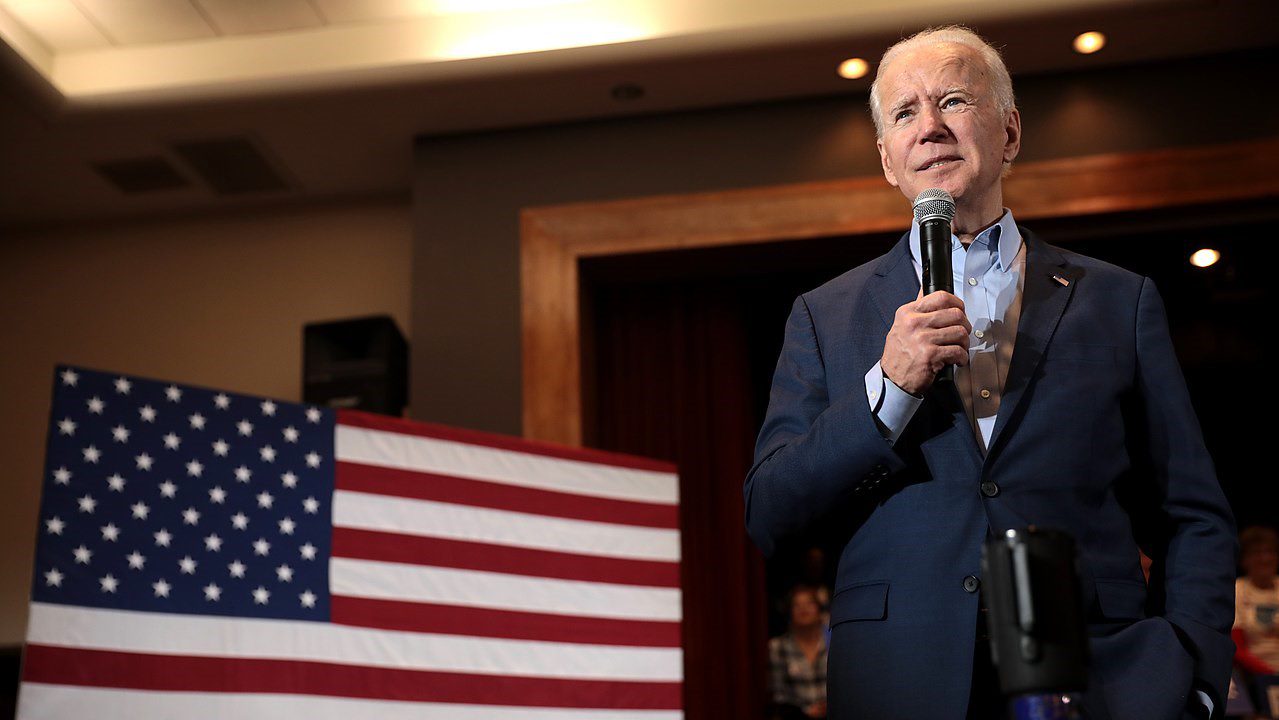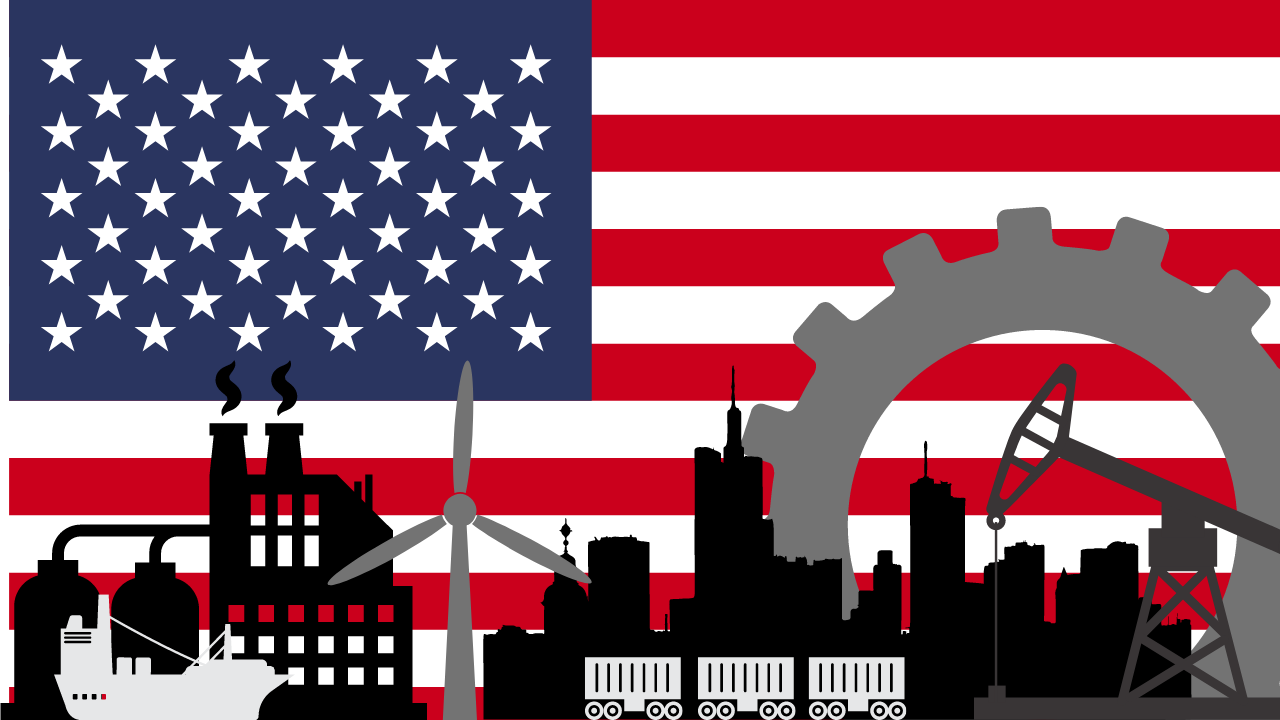The meeting between top US and Chinese officials in Alaska this week will be the first face to face meeting between senior officials since the Biden administration took office. Secretary of State Antony Blinken, who will be returning from a visit to Tokyo and Seoul, and National Security Adviser Jake Sullivan will meet with Chinese Foreign Minister Wang Yi and State Councilor Yang Jiechi in Anchorage on March 18th.
Differing signals are being sent by each side about the extent to which trade and the economic relationship will be discussed but it’s hard to imagine these topics being bypassed entirely.
China seeks a new trajectory
After four years of combustibility under the Trump administration, the Chinese delegation will be looking to stamp a definitive end to the confrontational relations that characterized most of the Trump presidency. They will seek a return to the more stable norms that existed under past administrations, in which high level dialogues and regular consultations were preferred over punitive tariffs and investment or export restrictions.
Progress on that front is likely to be limited, however. Patience in the US with the various high level “dialogues” that were a standard feature during the Obama and Bush years has waned considerably. While no one is advocating a halt to dialogue, the US emphasis will now be on action rather than talk.
China also wants to extricate itself from the two-year, $200 billion purchase obligations contained in the Phase One trade agreement. These would have been difficult to meet under the best of circumstances, but the pandemic slowdown definitively rendered them unachievable, and China fell roughly 40% short of its 2020 commitments.
The US tries to thread the needle
The Biden team needs to strike a delicate balance between the need to look tough and the desire to stabilize the relationship.
The new president faces a powerful domestic political imperative to avoid anything that could be construed as “softening” on China. As became evident during the Senate confirmation hearings for Biden’s cabinet picks, Congressional Republicans are poised to jump on any hint that Biden might be backing off the hardline stance taken by Trump.
At the same time however, Biden recognizes the need to ratchet down tensions with China. Given his preference to focus on domestic priorities ranging from vaccines to infrastructure, the last thing Biden wants is a blow-up with China. And irrespective of any commonality the new president might share with his predecessor’s China policies, the relationship had degenerated into instability and insults by the end of the Trump term. Biden is an experienced enough statesman to recognize that that is not a productive way to conduct the most important bilateral relationship in the world. So some course correction will be required.
Here is where tone becomes important. While not necessarily backing off any hardline positions, the Biden team will signal its desire for a more constructive and less volatile dialogue with China. But Blinken has already made it clear that this meeting does not portend a return to regular “strategic dialogues” – despite efforts by the Chinese Foreign Ministry to position them as such.
Round one
The meeting in Alaska will be somewhat akin to the first round of a 15 round heavyweight boxing match: a few jabs thrown, lots of dancing, but no knockout blows landed.
Both countries will have a shared interest in establishing a more stable and predictable basis for conducting the relationship. They will also look for ways to accentuate potential areas for collaboration, such as climate change. But there will be no glossing over the fundamental differences that remain on trade practices, the quest for technological supremacy, and Biden’s desire to link human rights and foreign policy – all set against the backdrop of a rising geostrategic rivalry between the two countries.
Given the substantial challenges ahead and the dysfunctional current state of bilateral relations, expectations for Anchorage should be kept in check. The best we can probably hope for is a more civil tone and greater clarity on where the most significant fault lines lie.
© The Hinrich Foundation. See our website Terms and conditions for our copyright and reprint policy. All statements of fact and the views, conclusions and recommendations expressed in this publication are the sole responsibility of the author(s).










